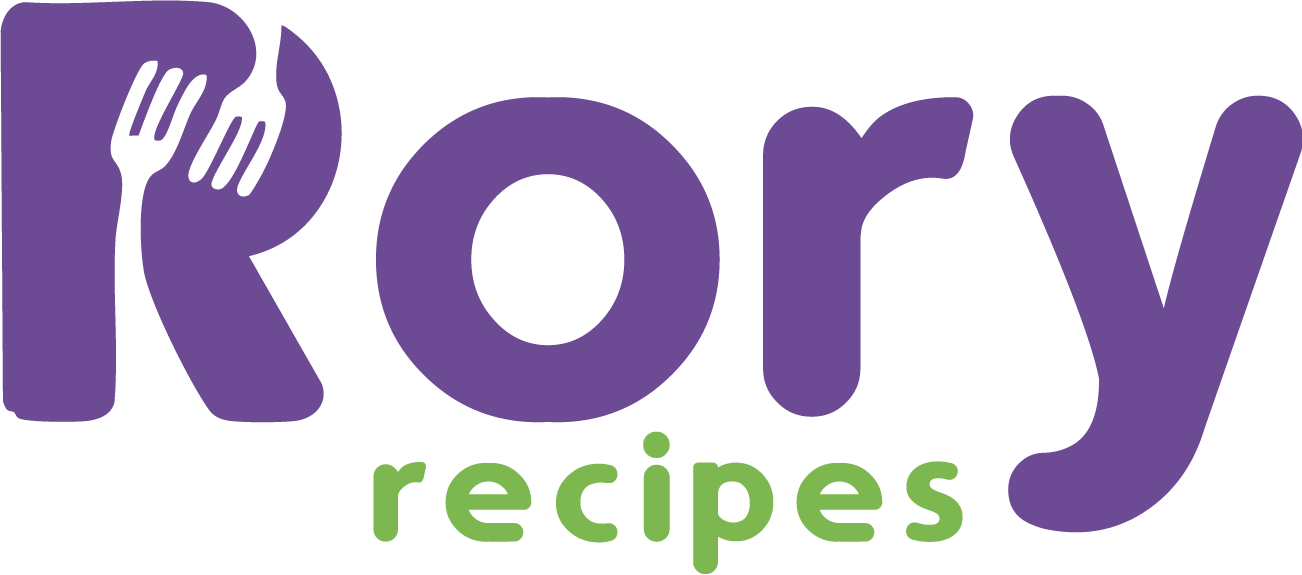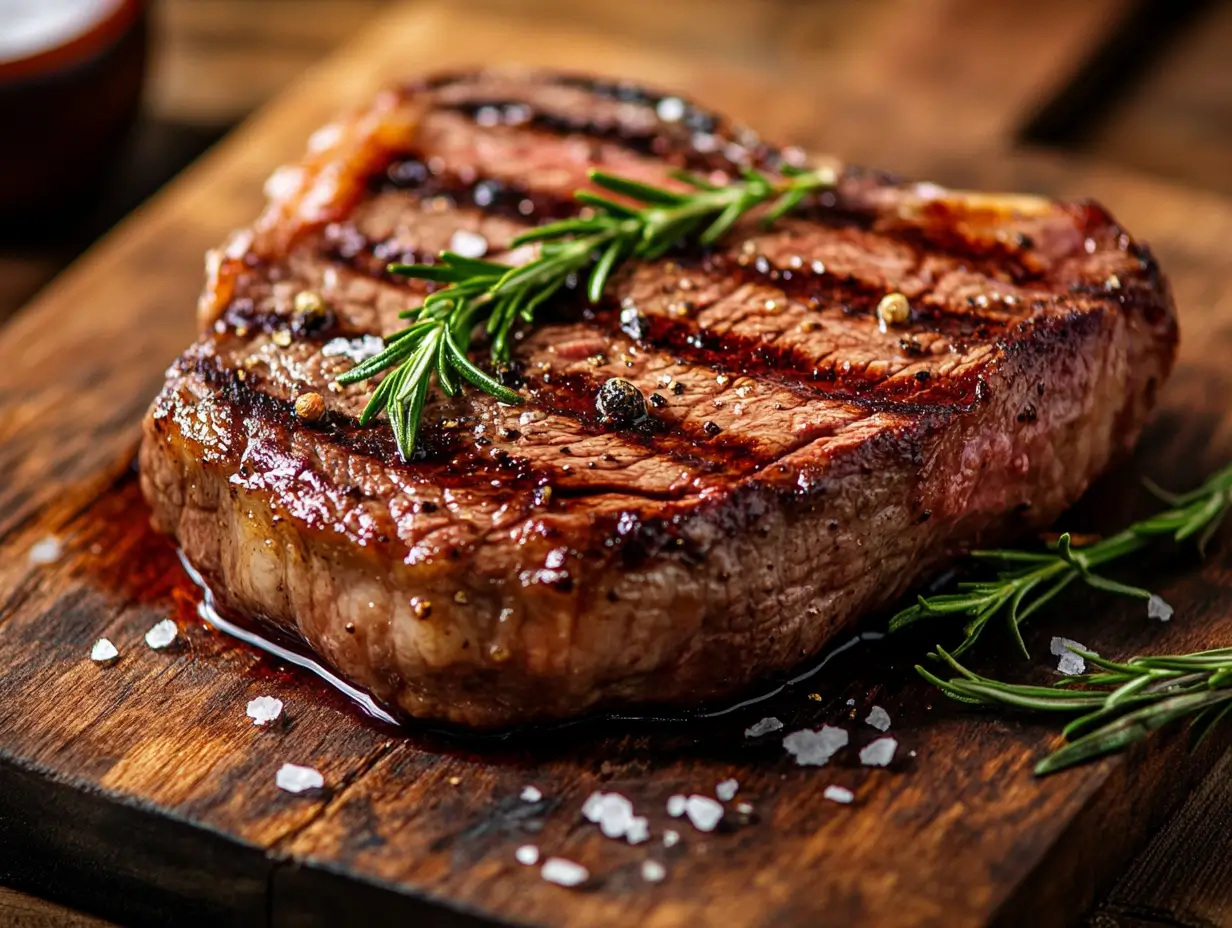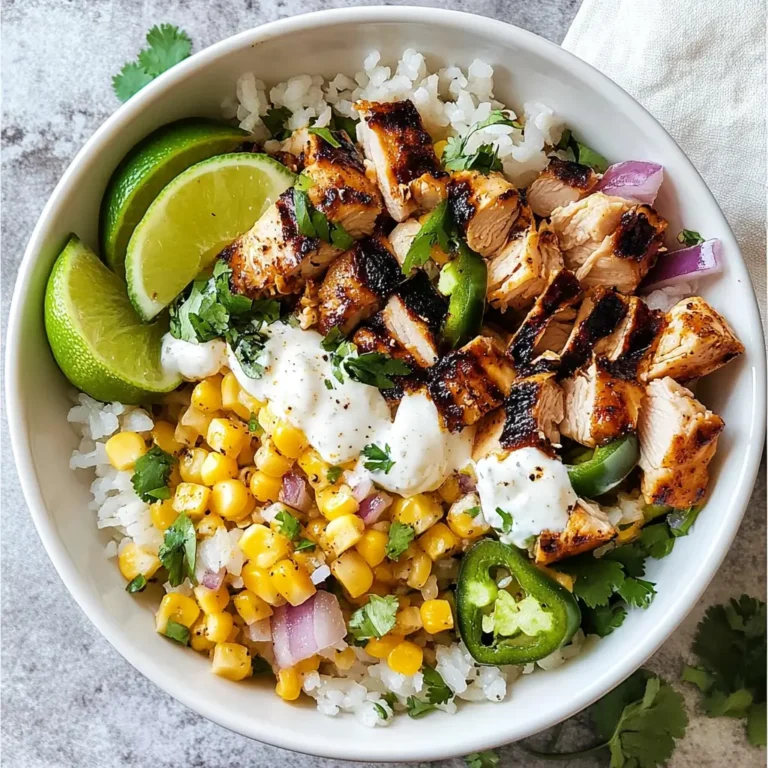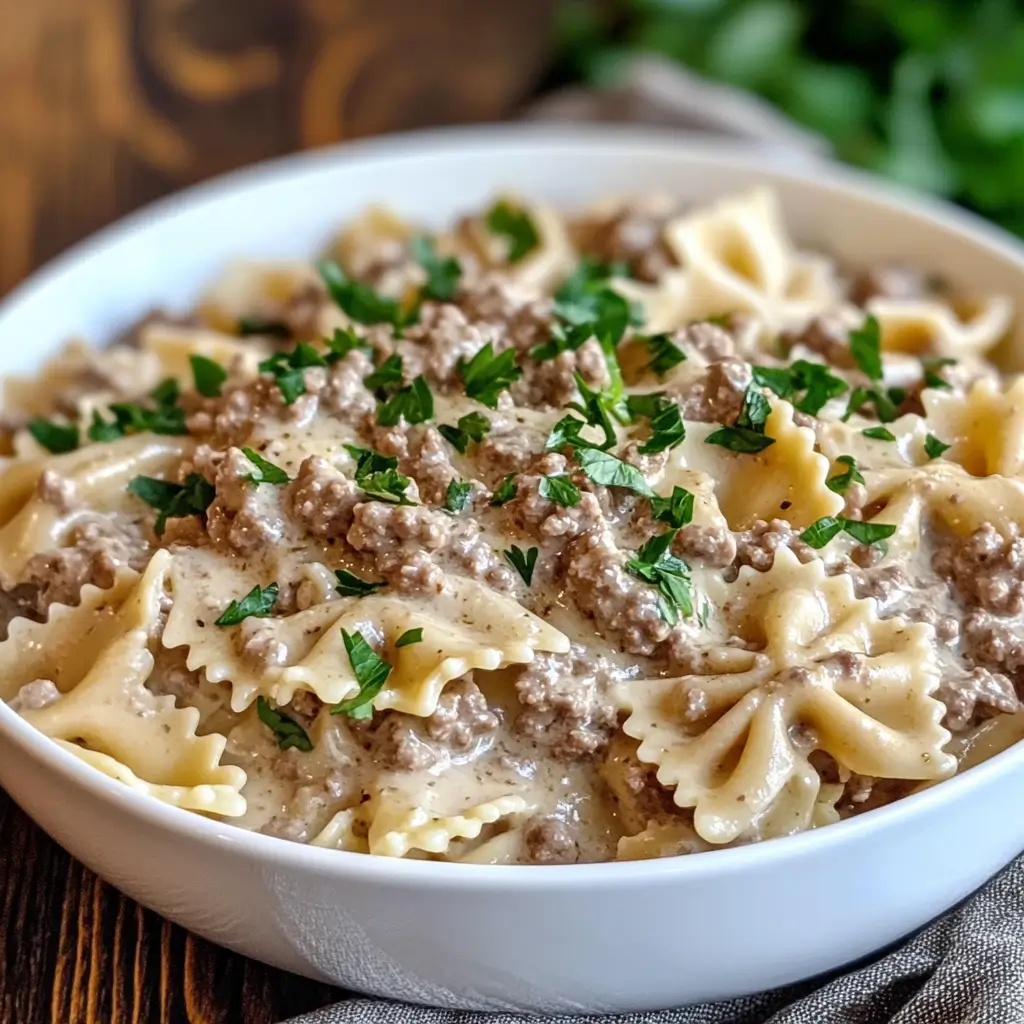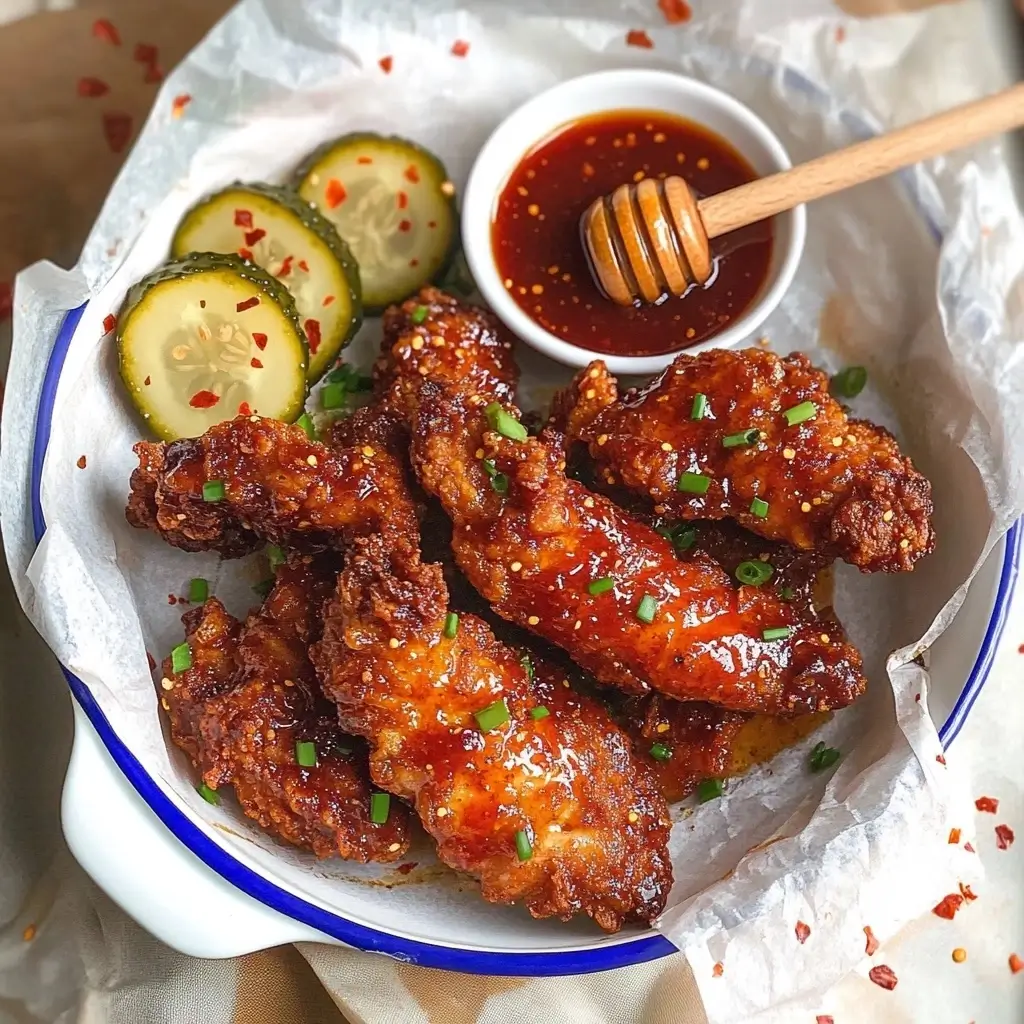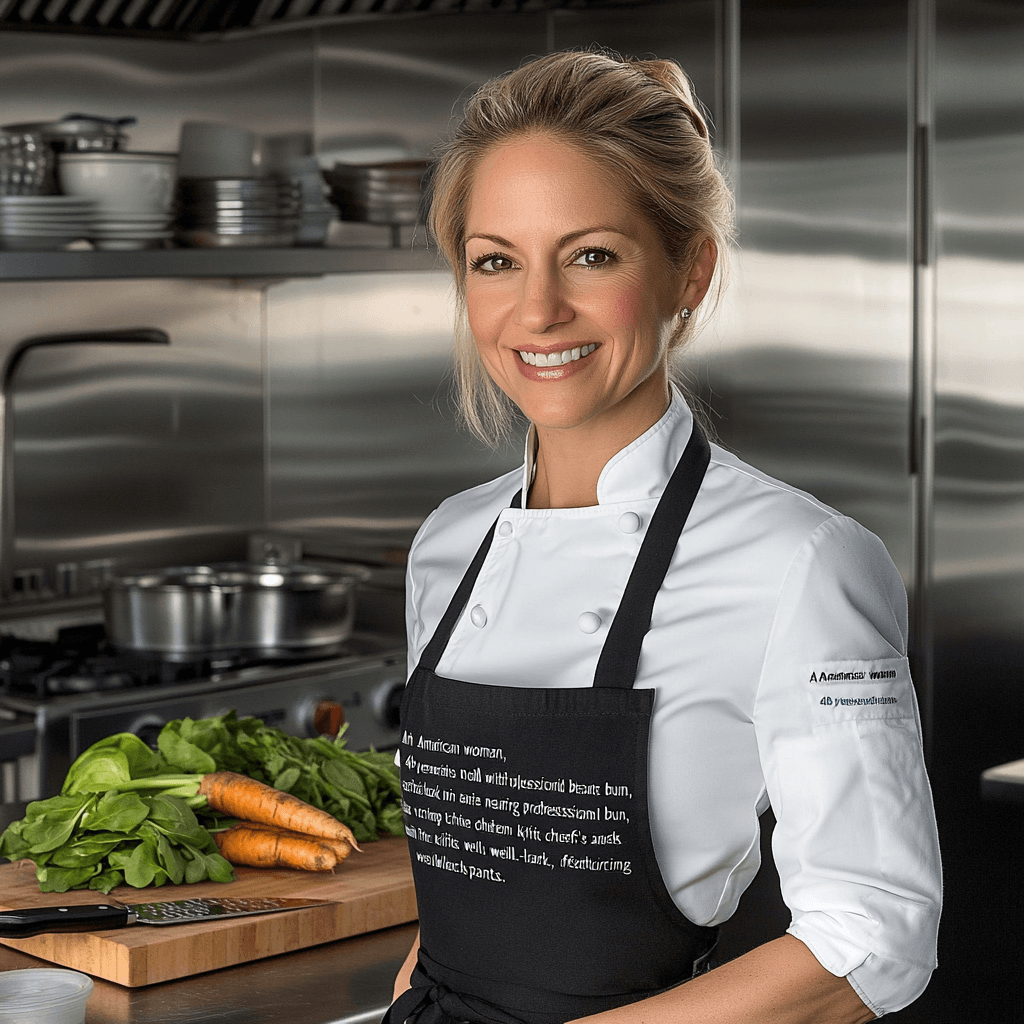Table of Contents
If you’re a steak lover, you might have heard of the cowboy steak, a thick and flavorful cut that’s perfect for grilling. But what cut of meat is cowboy steak, and how does it compare to other ribeye steaks? In this guide, we’ll dive into everything you need to know about cowboy steak, including its origins, the best way to cook it, and how it differs from other premium cuts.
Whether you’re planning a backyard BBQ or a fine-dining experience at home, knowing what cut of meat is cowboy steak will help you cook it to perfection. Let’s get started!
The Origin and Popularity of Cowboy Steak
History of the Cowboy Steak
The cowboy steak has a rich history tied to the American West, where hearty meals were a necessity for hardworking cattle ranchers and cowboys. This cut of meat became popular because it is large, flavorful, and easy to cook over an open flame, making it perfect for life on the range. The bone-in ribeye, which is the foundation of a cowboy steak, has been a preferred choice for grilling and roasting for centuries due to its high marbling and juicy texture.
Why is it Called a Cowboy Steak?
The name “cowboy steak” is believed to come from the cowboy culture of the American frontier. Cowboys often cooked thick bone-in ribeye steaks over campfires, using the bone as a handle. The bone-in feature of the steak not only made it easy to cook but also added extra flavor and juiciness. Some also believe that the term “cowboy steak” was created to market this large, bold cut to steak lovers who enjoy big, rustic, and indulgent meals.
What Cut of Meat is Cowboy Steak?
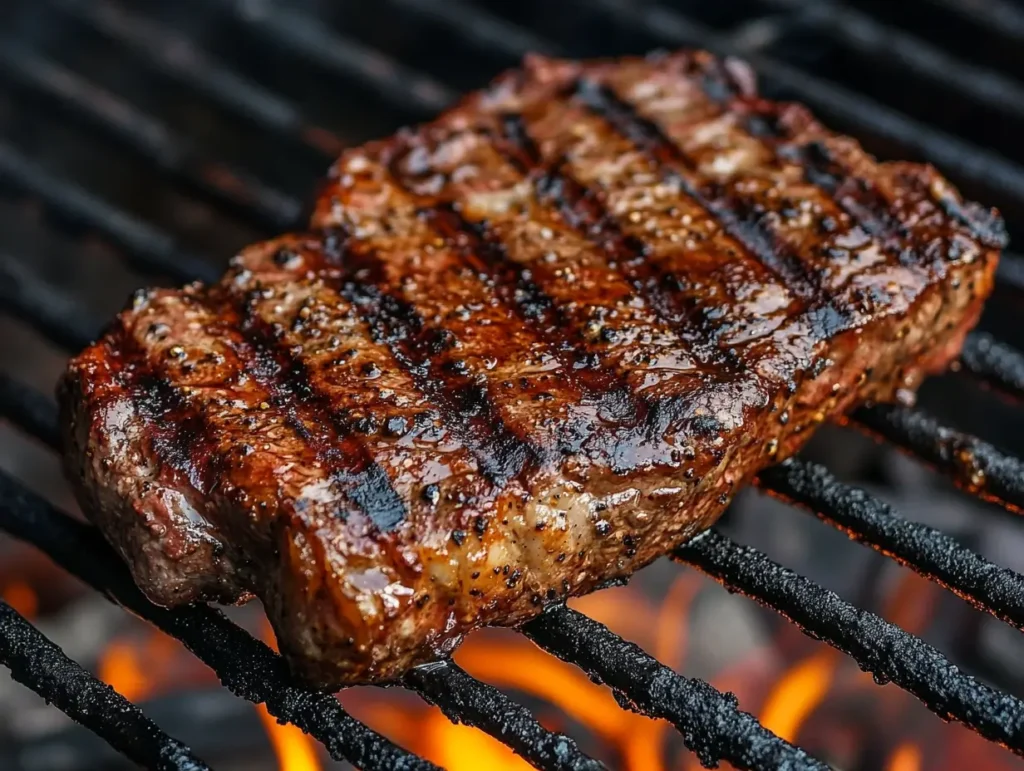
Anatomy of a Cowboy Steak
A cowboy steak is a bone-in ribeye steak, typically cut from the rib section of the cow. It comes from the rib primal, the same area where traditional ribeye steaks and prime rib roasts are sourced. The defining feature of a cowboy steak is that it is thicker than a standard ribeye, usually around 2 inches thick, and contains a short Frenched bone, which gives it a unique and striking appearance.
How It Differs from Other Cuts
Compared to other popular steak cuts, cowboy steak stands out in several ways:
- Thickness – A cowboy steak is significantly thicker than a regular ribeye, often weighing between 18 to 32 ounces.
- Bone-In Feature – Unlike boneless ribeye steaks, a cowboy steak retains part of the rib bone, which adds flavor and enhances presentation.
- More Marbling – Being a ribeye cut, cowboy steak has plenty of marbling, meaning it remains juicy and tender when cooked properly.
- Different from a Tomahawk Steak – While both cowboy and tomahawk steaks come from the ribeye, the tomahawk steak has a longer bone (up to 6 inches), making it look even more dramatic.
How to Choose the Best Cowboy Steak
Selecting a high-quality cowboy steak is essential to ensure a flavorful and juicy result. Since cowboy steak is a premium cut, it’s important to know what to look for when purchasing one.
Selecting the Right Marbling
Marbling is the intramuscular fat found within the steak. A higher amount of marbling enhances tenderness and adds rich flavor. Here’s how to evaluate marbling when choosing a cowboy steak:
- USDA Prime: The highest quality with the most marbling. Best for rich, buttery texture.
- USDA Choice: Good quality with decent marbling, slightly less tender than Prime.
- USDA Select: Lower marbling, leaner, and less juicy.
For the best cowboy steak experience, always choose USDA Prime or high-quality Choice beef.
Bone-In vs. Boneless
One of the defining characteristics of a cowboy steak is that it is bone-in. Here’s why this matters:
✅ Better Flavor – The bone helps retain moisture and adds depth to the taste.
✅ More Juiciness – Bone-in steaks cook more evenly, keeping the meat tender.
✅ Richer Presentation – A bone-in steak looks more impressive when served.
While a boneless ribeye is also delicious, a true cowboy steak must have the bone attached.
Best Ways to Cook Cowboy Steak
Cowboy steak is thicker than most steaks, which means it requires a different cooking approach to ensure a perfectly seared exterior and a juicy, tender interior.
Grilling the Perfect Cowboy Steak
Grilling is the best method for cooking a cowboy steak because it enhances its smoky, charred flavor while keeping the inside juicy. Follow these steps for the perfect grilled cowboy steak:
1️⃣ Preheat the Grill – Heat the grill to 450-500°F (232-260°C).
2️⃣ Season Generously – Use salt, black pepper, and garlic powder for a simple but delicious crust.
3️⃣ Sear on High Heat – Sear the steak for 3-4 minutes per side to create a beautiful crust.
4️⃣ Move to Indirect Heat – Reduce the heat and cook the steak for another 10-15 minutes until it reaches your preferred doneness.
5️⃣ Use a Meat Thermometer –
- Rare: 120-125°F (49-52°C)
- Medium Rare: 130-135°F (54-57°C)
- Medium: 140-145°F (60-63°C)
- Well Done: 160°F+ (71°C+)
6️⃣ Let It Rest – After removing from the grill, let the steak rest for 10 minutes before slicing to retain juices.
Pan-Searing for Maximum Flavor
If you don’t have a grill, pan-searing is a great alternative. This method works well because it creates a deep brown crust and locks in the juices.
🔹 Use a Cast Iron Skillet – Cast iron retains heat and gives the best sear.
🔹 Use High Heat – Heat the pan with butter or oil until it’s sizzling.
🔹 Sear Both Sides – Cook for 4 minutes per side until golden brown.
🔹 Finish in the Oven – Transfer the steak to a 400°F (204°C) oven for 10 minutes for even cooking.
🔹 Add Garlic and Butter – Baste with butter, garlic, and rosemary for extra flavor.
Cowboy Steak vs. Tomahawk Steak
Many people confuse the cowboy steak with the tomahawk steak since both come from the ribeye cut and have a bone attached. However, important distinctions exist between the two that make them unique.
Key Differences Between the Two
| Feature | Cowboy Steak | Tomahawk Steak |
|---|---|---|
| Bone Length | Short Frenched Bone (2-3 inches) | Long Frenched Bone (5-7 inches) |
| Thickness | Thick (about 2 inches) | Slightly thicker (2.5-3 inches) |
| Weight | 18-32 oz | 30-45 oz |
| Presentation | Rugged, steakhouse-style | Dramatic, Instagram-worthy |
| Cooking Time | Cooks slightly faster | Takes longer due to size |
While both are premium cuts of beef, the tomahawk steak is larger and more visually impressive, while the cowboy steak offers the same bold flavor with a more manageable size. If you’re looking for a steak that’s easier to cook but still has a bone-in experience, the cowboy steak is the better choice.
Nutritional Value of Cowboy Steak
A cowboy steak is not just delicious but also nutrient-dense, providing essential proteins and healthy fats. However, it is also a high-calorie cut, so moderation is key.
Protein and Fat Content
A 12 oz serving of cowboy steak contains:
- Protein: 75g (Excellent for muscle growth and repair)
- Fat: 40g (Includes both healthy monounsaturated fats and saturated fats)
- Calories: ~900 kcal (Varies depending on preparation method)
- Iron: 25% of daily value (Essential for blood health)
- Zinc: 45% of daily value (Boosts immune function)
- B Vitamins: High in B12 and B6 (Supports energy metabolism)
Since cowboy steak is rich in fats and calories, it’s best enjoyed as part of a balanced diet, paired with vegetables and fiber-rich sides to make it a well-rounded meal.
Pairing Cowboy Steak with Sides and Sauces
A perfectly cooked cowboy steak deserves the right side dishes and sauces to complement its bold, beefy flavor. Choosing the right accompaniments can elevate your meal and create a balanced dining experience.
Best Side Dishes for Cowboy Steak
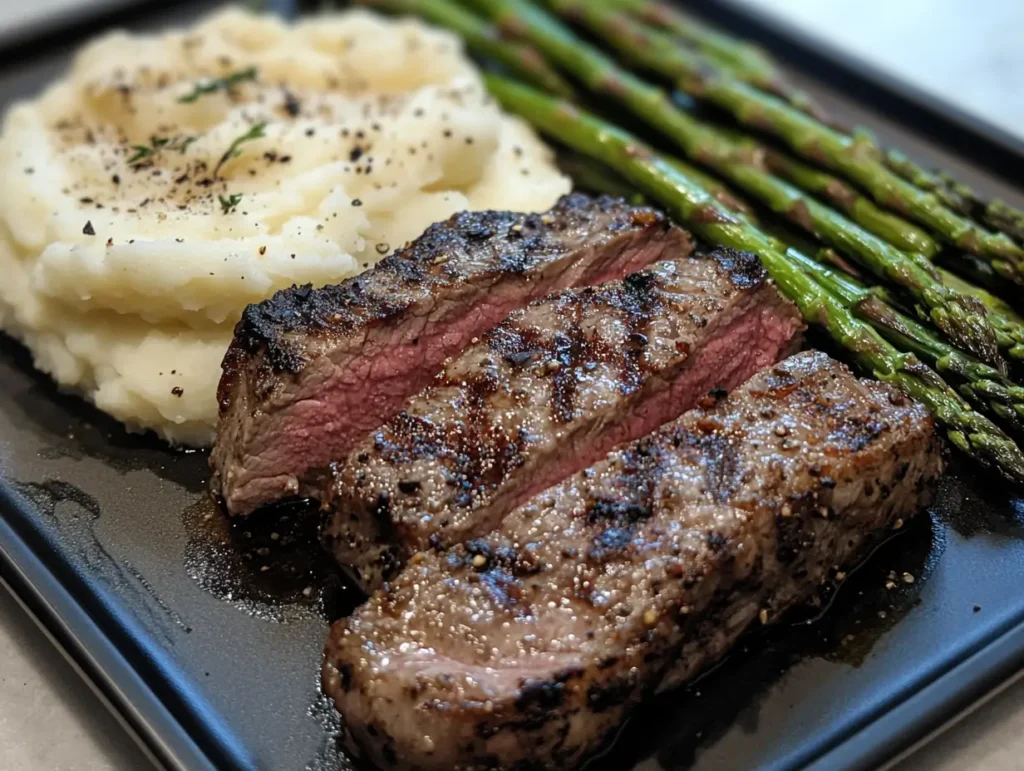
When selecting side dishes, it’s essential to balance the richness of the steak with textures and flavors that contrast or enhance it. Here are some of the best side dishes to serve with a cowboy steak:
1. Classic Potato Dishes
Potatoes pair exceptionally well with steak because their starchiness balances the juiciness and fattiness of the meat. Some top choices include:
- Garlic Mashed Potatoes – Creamy, buttery, and smooth, these add a rich complement to the steak.
- Crispy Roasted Potatoes – Tossed in olive oil and herbs, these add a crispy texture.
- Truffle Fries – Gourmet-style French fries with truffle oil and parmesan elevate the experience.
2. Roasted or Grilled Vegetables
Adding vegetables balances the richness of the meat while bringing freshness and color to the plate. Popular choices include:
- Grilled Asparagus – A slightly charred, smoky flavor pairs beautifully with steak.
- Roasted Brussels Sprouts – Crispy outside and tender inside, perfect with a balsamic glaze.
- Sautéed Mushrooms – Earthy, umami-rich mushrooms complement the deep flavor of ribeye.
3. Fresh Salads
For a lighter contrast, a crisp and refreshing salad is an excellent pairing option:
- Arugula and Parmesan Salad – Peppery arugula with shaved parmesan and lemon vinaigrette balances the steak’s richness.
- Caesar Salad – A classic, creamy, and crunchy Caesar salad enhances the steak’s flavor.
- Caprese Salad – Tomatoes, mozzarella, and basil drizzled with balsamic reduction for a refreshing side.
Sauces That Complement Cowboy Steak
While a great cowboy steak doesn’t need a sauce, adding one can enhance its flavor. Here are some of the best sauces:
- Garlic Herb Butter – A simple mixture of butter, garlic, and herbs melted over the steak.
- Peppercorn Sauce – A creamy, slightly spicy sauce made with crushed black pepper, heavy cream, and brandy.
- Chimichurri – A fresh, zesty sauce made from parsley, garlic, vinegar, and olive oil.
- Red Wine Reduction – A rich sauce made by reducing red wine with shallots and beef broth.
Tips for Serving and Presentation
Serving a cowboy steak isn’t just about cooking it perfectly—presentation matters too. Follow these tips for an impressive dining experience:
Cutting and Plating Techniques
✔️ Let the Steak Rest – Always rest the steak for 10 minutes before slicing to allow the juices to redistribute.
✔️ Slice Against the Grain – Cutting against the grain ensures each bite is tender.
✔️ Use a Wooden Cutting Board for Presentation – A rustic wooden board enhances the steak’s visual appeal.
✔️ Garnish with Fresh Herbs – Sprinkle rosemary or thyme for an elegant touch.
✔️ Serve with a Steak Knife – Provide a sharp steak knife to make cutting easier.
Frequently Asked Questions (FAQs)
1. Is Cowboy Steak the Same as Ribeye?
No, but they are closely related. A cowboy steak is a bone-in ribeye that is thicker than a standard ribeye steak. While ribeye can be boneless or bone-in, a cowboy steak always has a bone attached and is typically cut thicker for a more dramatic presentation and better heat retention during cooking.
2. Why Is It Called a Cowboy Steak?
The name “cowboy steak” is believed to have originated from the American West, where cowboys often cooked thick, bone-in steaks over open flames. The bone serves as a natural handle, making it easy to grill and eat in rustic settings.
3. What’s the Best Way to Cook a Cowboy Steak?
The best way to cook a cowboy steak is grilling or pan-searing followed by oven-finishing. Since it is a thicker cut, using the reverse sear method ensures an evenly cooked steak with a perfect crust.
4. Can You Cook Cowboy Steak in the Oven?
Yes! If you don’t have a grill, you can cook a cowboy steak in the oven using the reverse sear method:
- Preheat oven to 250°F (120°C).
- Place the steak on a wire rack over a baking sheet and cook until it reaches 10°F below your desired doneness.
- Heat a cast-iron skillet on high and sear each side for 2-3 minutes to develop a crust.
- Let it rest for 10 minutes before serving.
5. What’s the Best Sauce for Cowboy Steak?
Cowboy steak is flavorful on its own, but popular sauces include:
✔️ Garlic Butter – Rich and classic.
✔️ Chimichurri – Fresh and herby.
✔️ Peppercorn Sauce – Creamy with a spicy kick.
✔️ Red Wine Reduction – Deep, savory flavor.
6. Is Cowboy Steak Expensive?
Yes, cowboy steak is considered a premium cut due to its thickness, marbling, and bone-in structure. Prices vary based on quality (USDA Prime vs. Choice) and whether it’s sourced from grass-fed or grain-fed cattle. Expect to pay anywhere from $25 to $50 per steak depending on size and quality.
Conclusion
Now that you know what cut of meat is cowboy steak, you can confidently choose and cook this thick, juicy bone-in ribeye. Whether grilled or pan-seared, the cowboy steak delivers a rich, beefy flavor that steak lovers crave.
🔥 Ready to try a cowboy steak? Choose a high-quality cut, season it well, and cook it to perfection!
